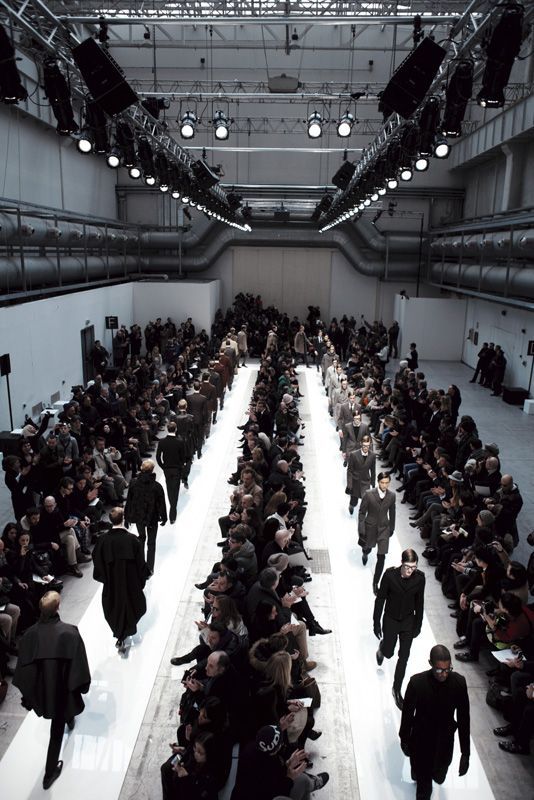
"I would have racks of stuff, it would just give me anxiety thinking about what's happening with wastage in general," Bigeni says. (Currently, around 227,000 tonnes of disused clothing - or 60 per cent of what is purchased in Australia annually - goes to landfill each year.) Over time, he became increasingly uncomfortable with the amount of waste and disused stock - a particularly pronounced problem for the fashion industry. When Bigeni first started out as a designer, he would make two or three wholesale collections a year, featuring around 35-40 styles, for retailers to stock in stores. So I packed everything up and moved back to Penrith with my sister and her husband."Įver the optimist, Bigeni was determined to maintain a positive mindset, and continued designing while receiving treatment, though sales were put on hold. then I got really sick and my family said, 'You have to come home'. "I did treatment for 18 months round one didn't work and we had to do round two," he says.īigeni was renting in Camperdown at the time, and recalls: "I was living by myself, and I was like, 'I can do this I'm all good'. The 2017 diagnosis was a major turning point for the then-36-year-old. " were more excited, saying, 'Wow, I didn't know this was you I didn't know you could do this.'"Īs he worked to find his audience and inject more colour into his label, Bigeni was diagnosed with Non-Hodgkin lymphoma, a type of cancer that attacks the lymphatic system. It was a lightbulb moment for Bigeni, who started playing around with print and colour, and "then seeing a really different reaction from people and buyers and media". "She looked at the collection and said, 'I love all this,' and then she looked at me and, 'Where are you in this collection?'" His early palettes tended neutral, catering to seasonal trends in womenswear – a far cry from his now signature bold colours and loud prints. While colour has long been integral to Bigeni's creativity, it wasn't always synonymous with his label. "She gave me really good advice: to get yourself known in the industry for doing one thing really well you work on other components of a brand." Finding his true colours

She loved the collection and, 'You're a jersey king,'" Bigeni says. "I was very lucky to score an appointment with her, she was awesome. Seper took the young designer under her wing, mentoring him and giving him a space to work, above one of her boutique stores. He landed a crucial appointment with Belinda Seper, who ran women's fashion boutiques in the 90s and early 00s.

It was a hit - the collection got picked up by two stores and put Bigeni on a path to setting up his own business. "I started doing on a mannequin with this fabric and then like, 'Oh my God, this is great you have to go with this.' So I did a whole drape story." He couldn't afford the expensive wool fabric he envisioned for the collection, so instead used jersey, which was cheaper. This early sense of play and experimentation would become a hallmark of Bigeni's brand some 30 years later.Īfter graduating in 2002, he was invited to create his first collection for Australian Fashion Week (AFW) as part of a student showcase. At school, he would stage playground runway shows and cast his classmates as models, draping them in his mum's lace curtains, strategically whisked from their rod and returned before anyone noticed they were gone.

He also loved playing dress-ups and would frequently rifle through his sister's wardrobe. "It was fluoro pink, green, yellow, purple and orange … I'd wear it to the shops I would wear it as many times as I could, anytime we went out somewhere.

He would insist on it being stored in a garment bag in his mum's wardrobe, locked and safeguarded from wear and tear – and cheeky siblings. , if I didn't hear you, I'd with a certain colour or shape that would excite me," he says.Īs a child, Bigeni's most treasured outfit was a multicoloured singlet with matching shorts from Supré, a womenswear brand that was big in the 90s and early 00s. "I always felt like colour and shape were very much a for me to understand things.


 0 kommentar(er)
0 kommentar(er)
